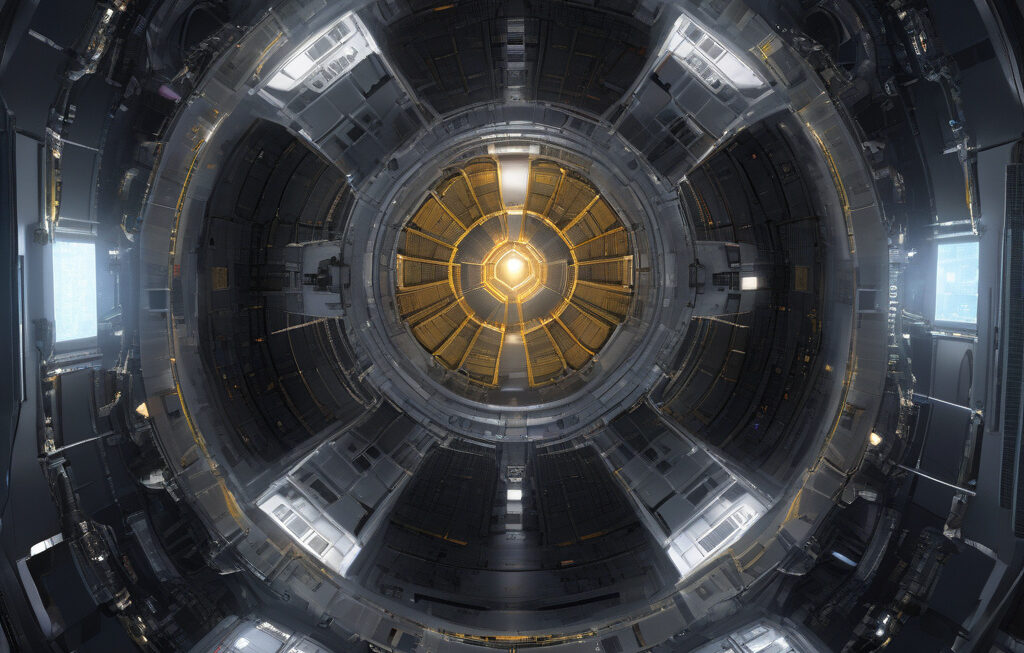AI’s Energy Hunger Drives Nuclear Energy Resurgence
In the ever-expanding realm of technology, artificial intelligence (AI) has taken center stage in recent years. From improving customer service with chatbots to revolutionizing healthcare with predictive analytics, AI has transformed countless industries. However, this advancement comes at a cost – an immense amount of energy. Big Tech’s insatiable energy needs are now driving a resurgence in an unexpected sector: nuclear energy.
As AI models become more complex and sophisticated, their hunger for power has skyrocketed. Training these models requires enormous computational power, leading tech giants to seek out reliable and sustainable energy sources to fuel their AI-driven operations. While renewable energy sources like solar and wind have made significant strides in recent years, they still face challenges in meeting the consistent and high-energy demands of AI technology. This is where nuclear energy comes into play.
Nuclear energy has long been regarded as a controversial topic, with concerns about safety, waste disposal, and environmental impact. However, the latest advancements in nuclear technology have positioned it as a viable solution to meet the energy needs of Big Tech companies. Unlike solar and wind power, nuclear energy can provide a constant and reliable source of energy, making it an attractive option for powering the data centers and supercomputers that drive AI innovation.
One of the key advantages of nuclear energy is its energy density. A small amount of nuclear fuel can produce a significant amount of energy, making it an efficient and cost-effective option for meeting the high-energy demands of AI technology. Additionally, nuclear power plants produce minimal greenhouse gas emissions, addressing growing concerns about the environmental impact of energy consumption.
Tech giants like Google, Microsoft, and Amazon have already started to invest in nuclear energy to power their data centers and AI operations. Microsoft, for example, has partnered with nuclear technology company TerraPower to develop advanced nuclear reactors for its data centers, highlighting the growing synergy between AI and nuclear energy.
The resurgence of nuclear energy driven by AI’s energy hunger represents a significant shift in the energy landscape. As more industries rely on AI technology to drive innovation and growth, the demand for reliable and sustainable energy sources will continue to rise. Nuclear energy, with its capability to provide constant and high-energy output, is well-positioned to meet this demand and support the future development of AI technology.
In conclusion, the intersection of AI’s energy needs and nuclear energy represents a promising solution to the growing energy demands of Big Tech companies. By embracing nuclear energy as a reliable and sustainable power source, tech giants can continue to drive innovation in AI technology while addressing concerns about energy consumption and environmental impact. The nuclear renaissance propelled by AI’s energy hunger is not only reshaping the energy sector but also paving the way for a more sustainable future powered by advanced technology.
AI, Energy, Nuclear, Tech, Innovation












